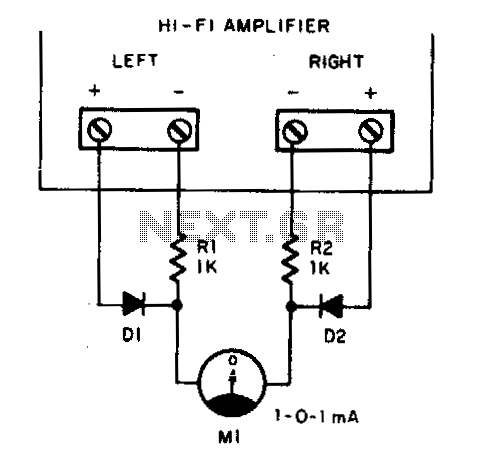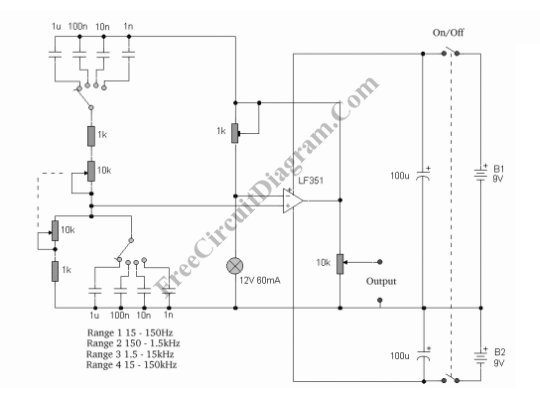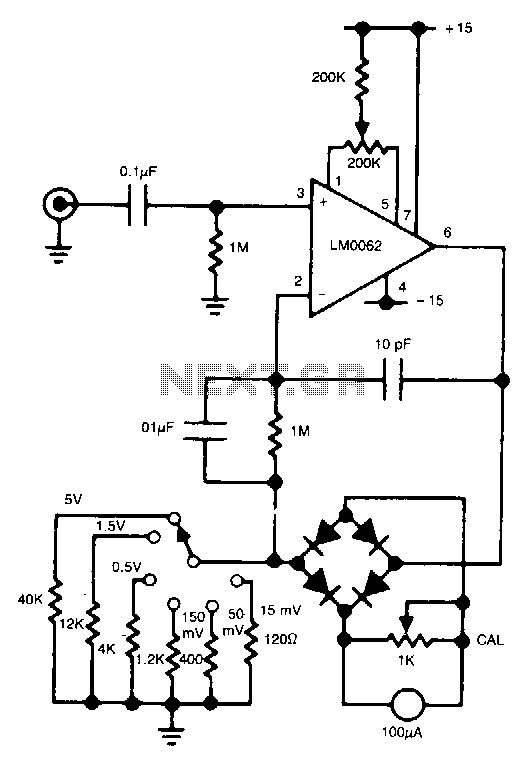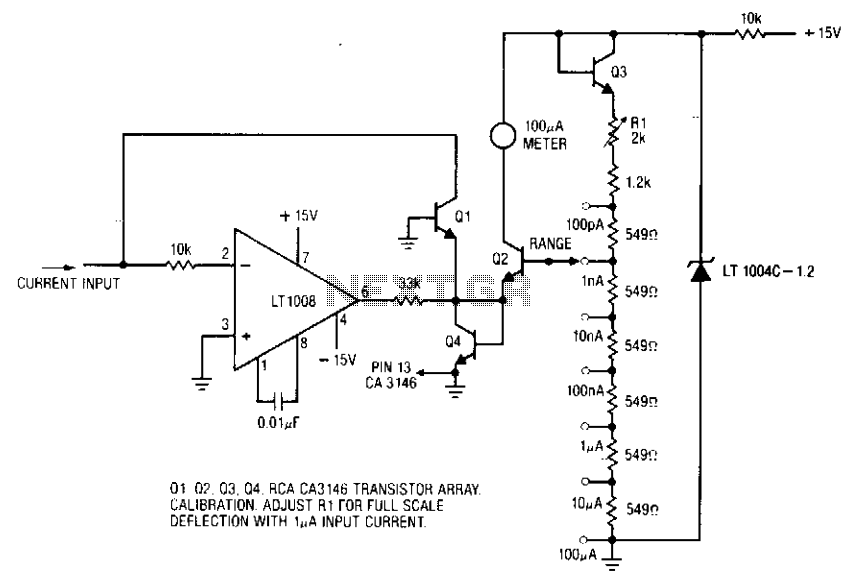
50 MHz frequency counter voltage meter & SWR/PWR indicator
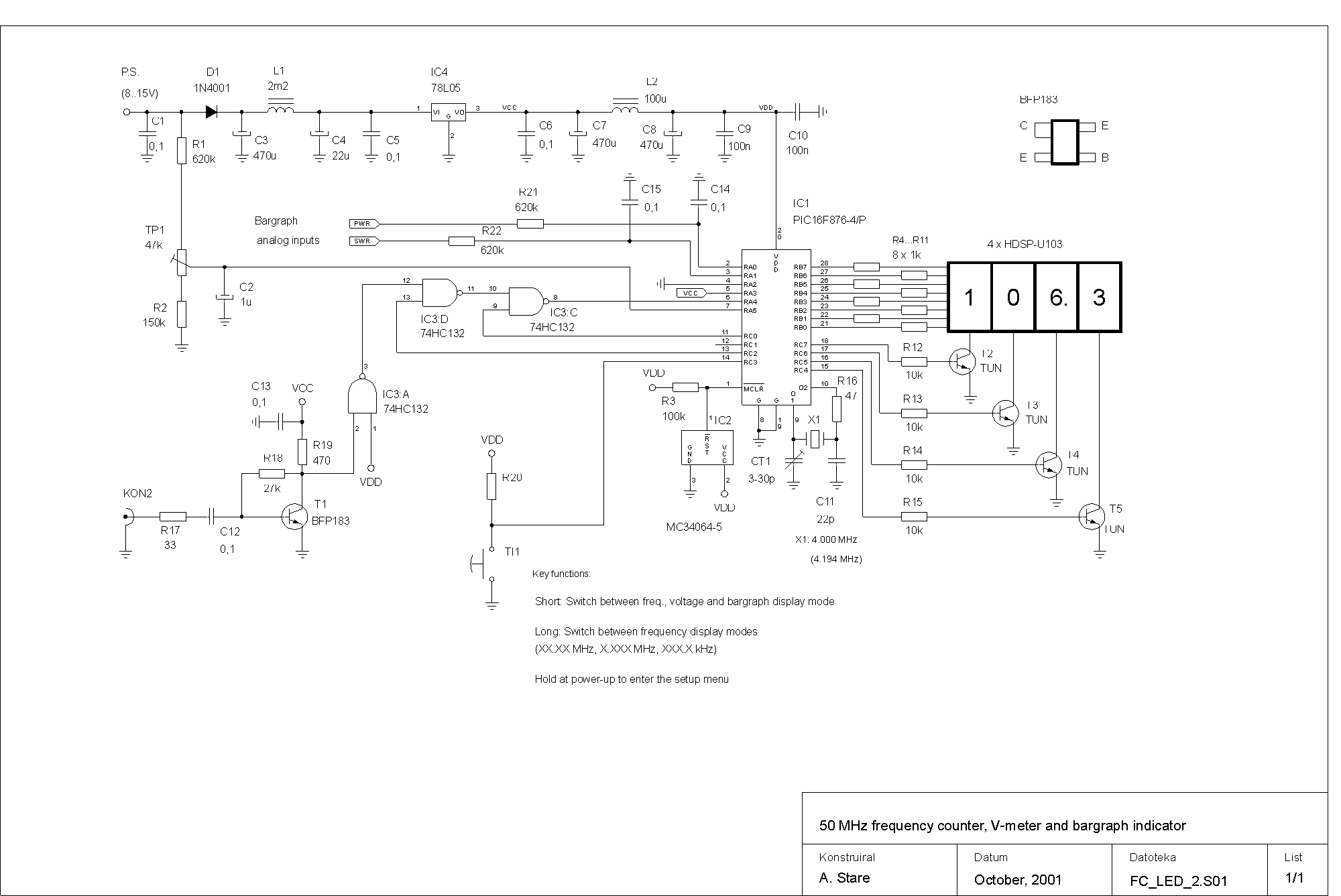
This device is a successor to the PIC16C71 4-digit LED frequency counter and voltmeter. It omits some hard-to-find components from the previous version that have been out of production for some time. The earlier PIC16C71 has been replaced with a 28-pin PIC16F876, which can drive a 4-digit LED display in multiplexed mode while measuring frequency, power supply voltage, and handling two analog inputs to display SWR/PWR signal strength in a bar graph format. There is no need for an external LED display driver chip or external data EEPROM, as these functions are already integrated into the PIC16F876. The reduction in the number of chips used results in a smaller overall size of the counter compared to its predecessor. In operating mode, a push-button allows the user to select between displaying frequency, bar graph, or supply voltage. The frequency display mode can be altered with a longer (>1s) push-button press. For instance, if the frequency to be displayed is 14.065.9 MHz, the user will see either 065.9³, 4.065³, or 14.06³ on the four-digit display. The default display mode after power-up can be modified in the setup menu, which is accessed at power-up while holding the push-button. The production of Siemens's (now Infineon's) miniature 7-segment LED HDN1077 displays in low current version (suffix O) has recently been discontinued. Consequently, a new display PCB has been designed that fits the same frequency counter base board but uses Agilent's HDSP-U103 miniature 7-segment LED displays. These newer displays have an even lower current consumption, requiring no more than 0.5mA per segment for acceptable brightness. Assuming that, during typical operation, only half of the segments are lit, the average current consumption of the counter is approximately 20mA. In power-save mode, consumption drops to less than 10mA, which is critical for battery-powered applications. The latest software version of the frequency counter is available for radio amateur and non-commercial use and can be downloaded for free. The PIC controller is in-circuit programmable if the MC34064 reset circuit is not soldered to the PCB, and the installation of this IC is strongly recommended after the frequency counter has been constructed and tested.
The circuit design of the frequency counter and voltmeter features an integrated approach utilizing the PIC16F876 microcontroller, which combines multiple functions into a single chip, thereby reducing component count and overall size. The microcontroller's ability to drive a multiplexed 4-digit LED display allows for efficient visual feedback of the measured values. The design also incorporates analog input channels for measuring SWR (Standing Wave Ratio) and power levels, which are processed by the microcontroller and output as a bar graph representation on the display.
The user interface is designed for ease of operation, with a simple push-button switch enabling the selection of display modes. This intuitive design allows users to toggle between frequency readings, voltage measurements, and bar graph displays of signal strength without needing to navigate complex menus. The ability to adjust the frequency display format enhances usability, providing flexibility based on user preferences.
The choice of LED displays is critical, especially given the discontinuation of the HDN1077 models. The new HDSP-U103 displays not only maintain compatibility with the existing PCB layout but also improve power efficiency, which is vital for portable applications. The design ensures that the average current draw remains low, optimizing battery life during operation.
The programming capabilities of the PIC16F876 allow for future updates and enhancements, ensuring the device remains relevant and functional. The recommendation to install the MC34064 reset circuit after testing underscores the importance of maintaining stability in the system, particularly in environments where power fluctuations may occur.
Overall, the design reflects a modern approach to electronic measurement devices, prioritizing efficiency, usability, and adaptability to meet the needs of radio amateurs and other non-commercial users.This is a successor of the PIC16C71 4-digit LED f-counter & V-meter. Some hard to find parts used in the previous version, which are out of production for some time, has been omitted. A rather early PIC16C71 has also been replaced by 28-pin device PIC16F876. The later is capable of driving 4 digit LED display in multiplexed mode while measuring fr equency, power supply voltage as well as handle two analog inputs to display SWR/PWR signal strength in a bargraph manner. There is no need for external LED display driver chip as well as external data EEPROM since it is already implemented in PIC16F876.
Reduction in the number of used chips also results in smaller dimensions of the counter compared to its predecessor. In operating mode a push-button allows the user to choose between the frequency, bargraph or supply voltage to be displayed.
The frequency display mode can also be changed with longer (>1s) push-button pressing. For example if the frequency to be displayed is 14. 065. 9 MHz the user will see on the four digit display either 065. 9 ³, 4. 065 ³ or 14. 06 ³. The default display mode after power-up can be changed in the set-up menu. The set-up menu is entered at power-up while holding the push-button pressed. The production of Siemens`s (now Infineon`s) miniature 7 seg. LED HDN1077 displays in low current version (suffix O) was abandoned recently. Therefore I`ve designed another display PCBoard which suits the same f-counter base board but uses newer Agilent`s HDSP-U103 miniature 7 seg. LED displays. Their current consumption is even smaller. They need no more than 0, 5mA per segment for acceptable brightness. Assuming that during normal operation in average only one half of the segments lights, the average current consumption of the counter is about 20mA.
In power-save mode the consumption reduces to less than 10mA which is important in case of battery powered equipment. The latest software version of the frequency counter is for radio-amateur and non-commercial use downloadable from this page for free.
The PIC controller is in-circuit programmable if the MC34064 reset circuit is not soldered to the PCB. The instalation of this IC is strongly recommended after the frequency counter has been built and tested.
🔗 External reference
The circuit design of the frequency counter and voltmeter features an integrated approach utilizing the PIC16F876 microcontroller, which combines multiple functions into a single chip, thereby reducing component count and overall size. The microcontroller's ability to drive a multiplexed 4-digit LED display allows for efficient visual feedback of the measured values. The design also incorporates analog input channels for measuring SWR (Standing Wave Ratio) and power levels, which are processed by the microcontroller and output as a bar graph representation on the display.
The user interface is designed for ease of operation, with a simple push-button switch enabling the selection of display modes. This intuitive design allows users to toggle between frequency readings, voltage measurements, and bar graph displays of signal strength without needing to navigate complex menus. The ability to adjust the frequency display format enhances usability, providing flexibility based on user preferences.
The choice of LED displays is critical, especially given the discontinuation of the HDN1077 models. The new HDSP-U103 displays not only maintain compatibility with the existing PCB layout but also improve power efficiency, which is vital for portable applications. The design ensures that the average current draw remains low, optimizing battery life during operation.
The programming capabilities of the PIC16F876 allow for future updates and enhancements, ensuring the device remains relevant and functional. The recommendation to install the MC34064 reset circuit after testing underscores the importance of maintaining stability in the system, particularly in environments where power fluctuations may occur.
Overall, the design reflects a modern approach to electronic measurement devices, prioritizing efficiency, usability, and adaptability to meet the needs of radio amateurs and other non-commercial users.This is a successor of the PIC16C71 4-digit LED f-counter & V-meter. Some hard to find parts used in the previous version, which are out of production for some time, has been omitted. A rather early PIC16C71 has also been replaced by 28-pin device PIC16F876. The later is capable of driving 4 digit LED display in multiplexed mode while measuring fr equency, power supply voltage as well as handle two analog inputs to display SWR/PWR signal strength in a bargraph manner. There is no need for external LED display driver chip as well as external data EEPROM since it is already implemented in PIC16F876.
Reduction in the number of used chips also results in smaller dimensions of the counter compared to its predecessor. In operating mode a push-button allows the user to choose between the frequency, bargraph or supply voltage to be displayed.
The frequency display mode can also be changed with longer (>1s) push-button pressing. For example if the frequency to be displayed is 14. 065. 9 MHz the user will see on the four digit display either 065. 9 ³, 4. 065 ³ or 14. 06 ³. The default display mode after power-up can be changed in the set-up menu. The set-up menu is entered at power-up while holding the push-button pressed. The production of Siemens`s (now Infineon`s) miniature 7 seg. LED HDN1077 displays in low current version (suffix O) was abandoned recently. Therefore I`ve designed another display PCBoard which suits the same f-counter base board but uses newer Agilent`s HDSP-U103 miniature 7 seg. LED displays. Their current consumption is even smaller. They need no more than 0, 5mA per segment for acceptable brightness. Assuming that during normal operation in average only one half of the segments lights, the average current consumption of the counter is about 20mA.
In power-save mode the consumption reduces to less than 10mA which is important in case of battery powered equipment. The latest software version of the frequency counter is for radio-amateur and non-commercial use downloadable from this page for free.
The PIC controller is in-circuit programmable if the MC34064 reset circuit is not soldered to the PCB. The instalation of this IC is strongly recommended after the frequency counter has been built and tested.
🔗 External reference
